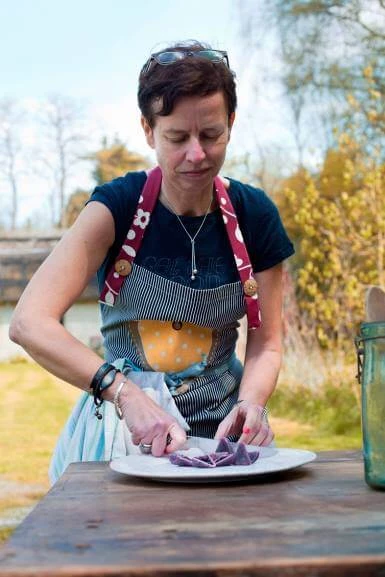How Many Milliliters are in a Liter? Conversion
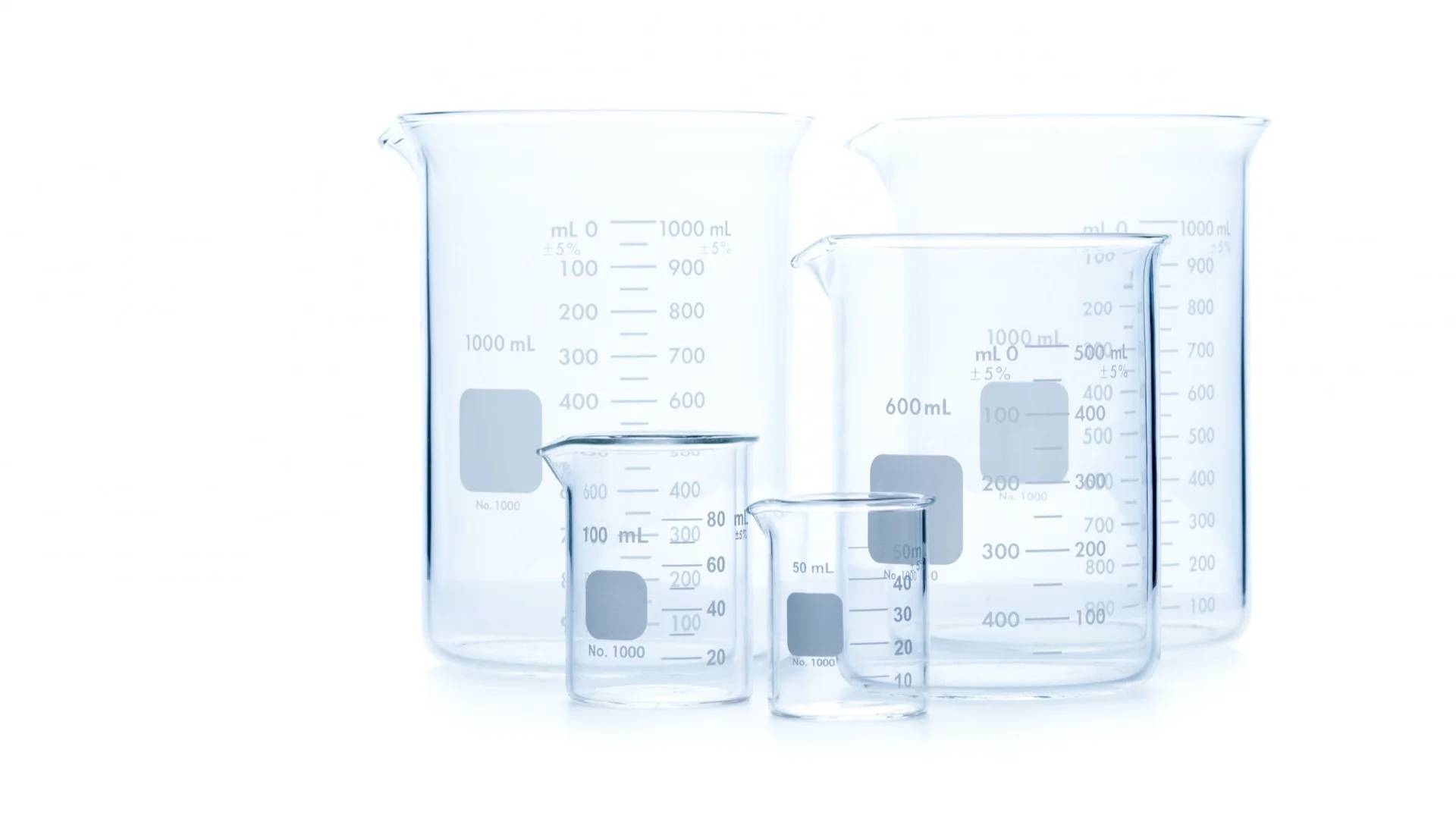
Content
Volume unit converter
Understanding the Units: Liters and Milliliters
We all use measurements daily. Be it for cooking or buying fuel. There are many units to learn. Let's focus on liters and milliliters today.
Liters and milliliters are both volume units. They belong to the metric system. They are often used to measure liquid volumes. But they differ in size.
A liter is larger than a milliliter. It's typically used for larger quantities. Think of a bottle of soda or a fuel tank. But what about a milliliter?
What is a Liter?
A liter is a metric unit. It's used for measuring volume. It's commonly used worldwide. Likewise, it's especially common in the fields of chemistry and cooking.
However, a liter is not always the best choice. Occasionally, we need to measure smaller volumes. That's where the milliliter comes in.
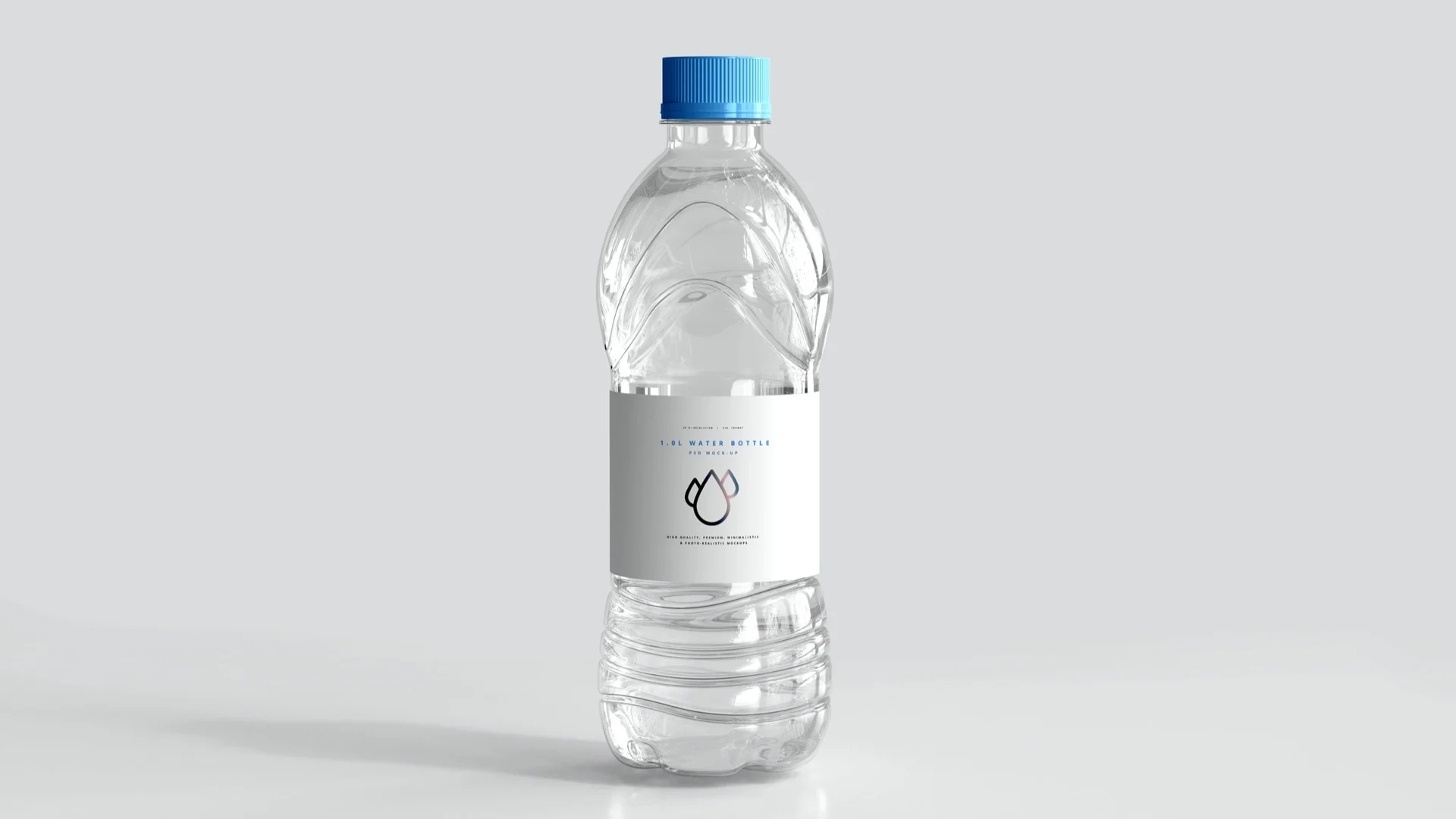
Defining Milliliter
A milliliter (ml) is a smaller metric unit. It is one-thousandth of a liter. This makes it ideal for small liquid amounts.
It is typically used in medicine. Dosages of liquid medicine are typically in milliliters. Perfume bottle sizes are also in ml.
A milliliter might seem tiny. But it plays a big role. It allows for precision in measurements. It can be vital when cooking or dosing medicine.
Comparison of Liter and Milliliter
There's a big size difference. A liter bottle is much larger than a milliliter droplet. Yet, they are part of the same family.
Remembering the conversion is important. It helps avoid errors in calculations. It can be a lifesaver in the kitchen or when dosing medicine.
Below is a table to help visualize this:
| Liters | Milliliters |
|---|---|
| 1 | 1000 |
| 2 | 2000 |
| 3 | 3000 |
| 4 | 4000 |
| 5 | 5000 |
| 6 | 6000 |
| 7 | 7000 |
| 8 | 8000 |
| 9 | 9000 |
| 10 | 10,000 |
With this table, you can see how liters and milliliters relate. Now, let's move on to the process of conversion.
Making the Conversion: Liters to Milliliters
It's a simple process. You don't need to complex math skills. But why should we learn this? Let's explore some reasons.
How Many (ml) are in a Liter
It's essential to keep this in mind. It helps you understand volume measures. Likewise, it's useful in daily life. Especially in cooking or medicine dosing.
Let's look at a list. It will show the conversion of liters to milliliters:
- 1 liter = 1000 ml
- 2 liters = 2000 ml
- 3 liters = 3000 ml
- 4 liters = 4000 ml
- 5 liters = 5000 ml
- 6 liters = 6000 ml
- 7 liters = 7000 ml
- 8 liters = 8000 ml
- 9 liters = 9000 ml
- 10 liters = 10,000 ml
This list shows the conversion. You can see the pattern. The process is easy.
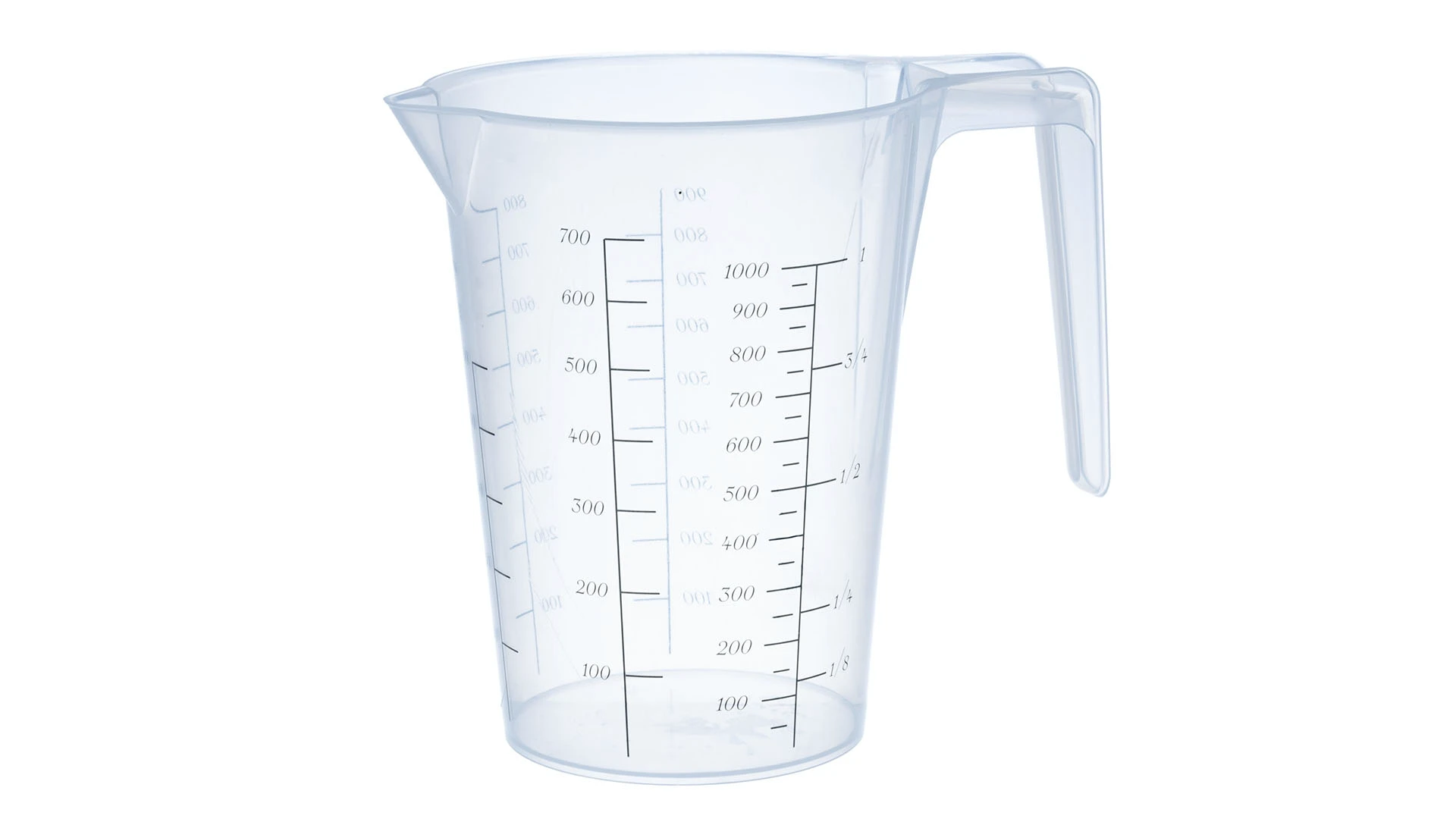
The Process of Conversion from Liters to Milliliters
To convert liters to ml, you multiply. You take the number of liters. You then multiply it by 1000. This gives you the value in ml.
Let's go over an example. Let's say you have 3 liters. You want to know how many ml this is. You take 3 and multiply it by 1000. Likewise, you get 3000. So, 3 liters equals 3000 ml.
This conversion process is simple. It's easy to use. You just need to remember the conversion factor.
Common Mistakes in Conversion
There can be mistakes in conversion. Here are some common ones:
- Not knowing the conversion factor. Remember, 1 liter is 1000 ml.
- Mixing up liters and milliliters. A liter is larger than a milliliter.
- Confusing the metric unit with other systems. The liter and ml are metric units.
- Forgetting to double-check your calculations. Always make sure your result makes sense.
To help you, here's a quick reference table:
| Liters | Multiply by 1000 | Milliliters |
|---|---|---|
| 1 | x 1000 | 1000 |
| 2 | x 1000 | 2000 |
| 3 | x 1000 | 3000 |
| 4 | x 1000 | 4000 |
| 5 | x 1000 | 5000 |
This table can help you avoid mistakes. It shows the conversion process. It's a quick and easy guide.
With this, we've covered the basics. Let's now look at some examples.
Practical Examples: Conversion in Daily Life
Converting liters to milliliters is practical. It's useful in daily tasks. Especially in the kitchen or medicine.
Everyday Examples of Liter to Milliliter Conversion
Let's imagine we are cooking. We have a recipe. It asks for 2 liters of water. But our measuring cup only has milliliters. How do we measure the right amount of water?
We also use these units in medicine. For example, a doctor might prescribe 0.5 liters of liquid medicine. But the medicine bottle only has milliliters. How many (ml) should we take?
See how useful this can be? Here are some more examples in a list:
- 0.25 liter = 250 ml (1/4 of a liter)
- 0.5 liter = 500 ml (1/2 of a liter)
- 0.75 liter = 750 ml (3/4 of a liter)
- 1.5 liters = 1500 ml (1 and 1/2 liters)
- 3.5 liters = 3500 ml (3 and 1/2 liters)
This list gives more examples of conversion. It shows different amounts of liters and their ml equivalents.
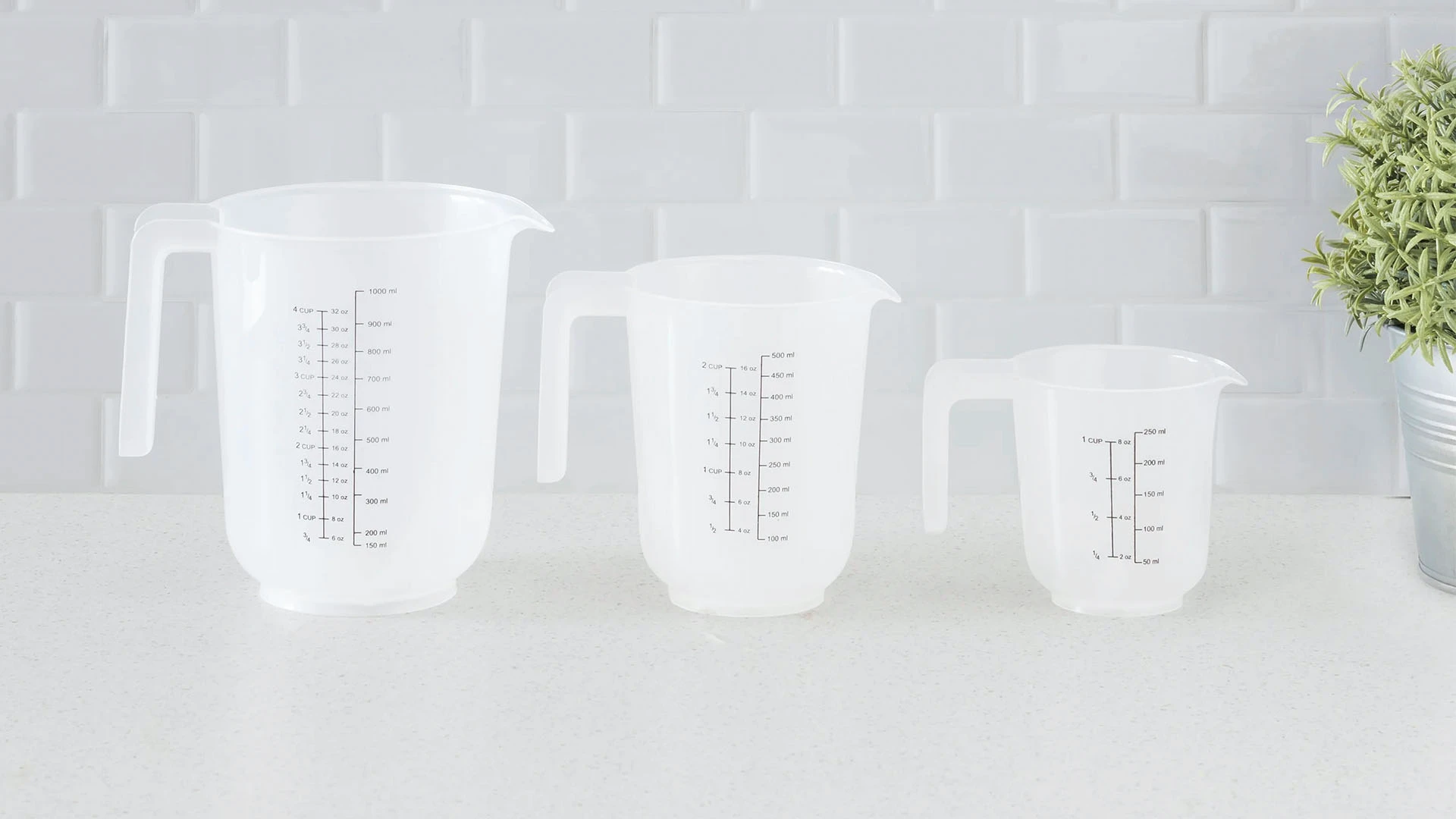
When to Use Liters vs. Milliliters
Choosing between liters and milliliters depends on context. For large volumes, we use liters. For smaller volumes, we use milliliters.
Let's imagine we're buying milk. It comes in a 2-liter bottle. It would be cumbersome to say “2000 milliliters of milk”. So, for large amounts, we use liters.
On the other hand, if we're measuring medicine, we use milliliters. A doctor might prescribe “5 ml of cough syrup”. It's more precise to use ml for small volumes.
Remember, it's about context. Both liters and milliliters have their uses.
Understanding Measurements in Cooking
Cooking often involves converting units. It's important to understand this. Let's look at a list of common cooking measurements:
- 1 liter of water = 1000 ml
- 1/2 liter (or 500 ml) of milk = 500 ml
- 1/4 liter (or 250 ml) of oil = 250 ml
- 2 liters of broth = 2000 ml
This list can be a helpful guide. It gives examples of common cooking measurements. It shows the conversion from liters to milliliters. Furthermore, it's a practical application of what we've learned.
We've now covered practical examples. Let's move on to practicing conversion.
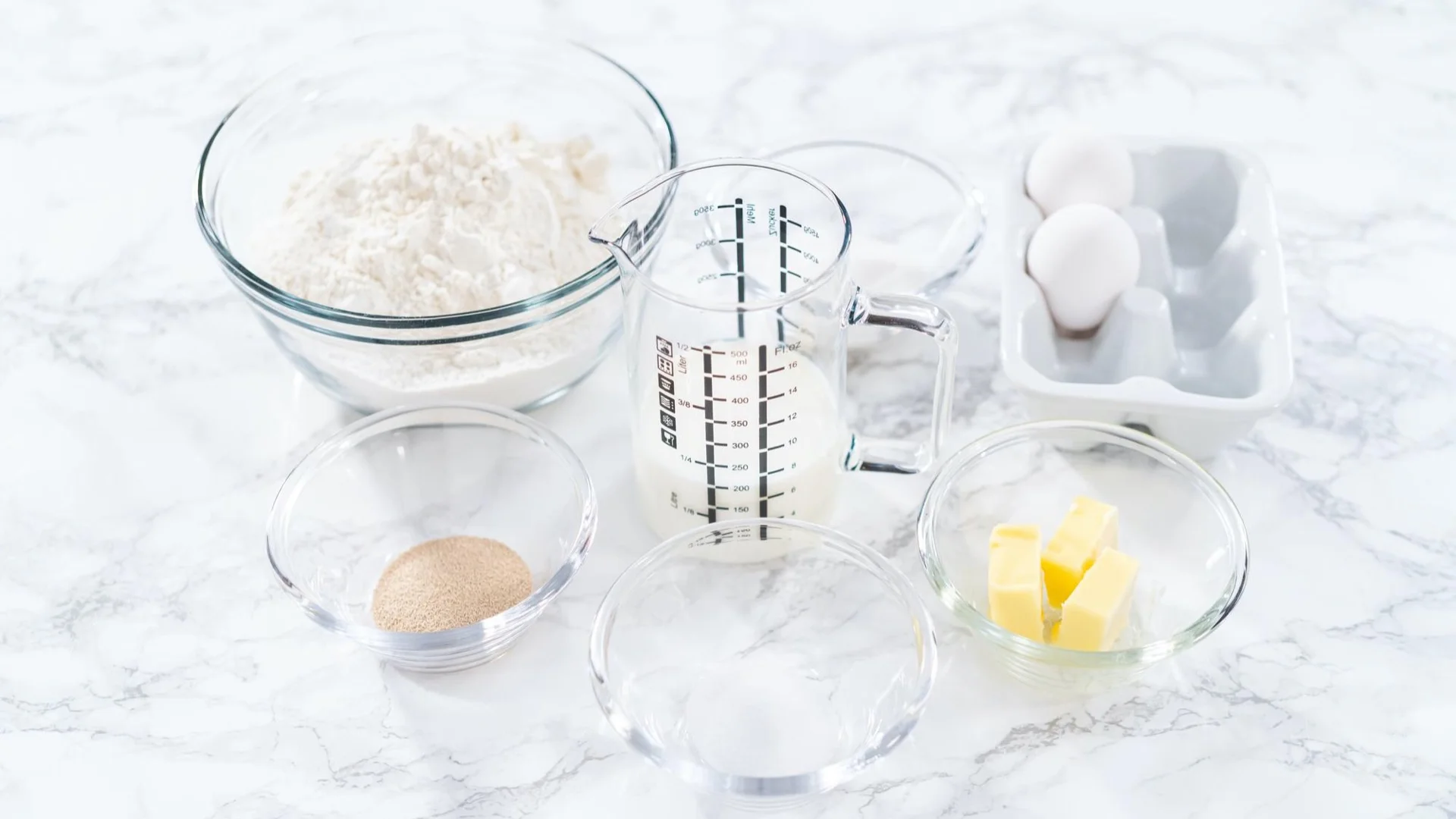
Conversion Practice: Changing Liters to Milliliters and Back
Practicing conversion is a good way to remember the process. It helps to understand how it works. Let's go through some examples.
How to Convert Liters to Milliliters
Here's a list of more examples:
- 1 liter = 1000 ml
- 2 liters = 2000 ml
- 3 liters = 3000 ml
- 4 liters = 4000 ml
- 5 liters = 5000 ml
The list shows several examples. They help to illustrate the conversion process.
Exploring Other Volume Units: The Cubic Decimeter
Cubic decimeters and liters are interchangeable. You can use either one. Both measure the same volume. So, one dm3 is also 1,000 ml or ml. This equivalence is typically used in science. It helps keep measurements simple.
Reversing the Process: Converting Milliliters to Liters
Converting milliliters to liters is the reverse process. Instead of multiplying, we divide by 1000.
Here's a table to illustrate:
| Milliliters (ml) | Liters (l) |
|---|---|
| 1000 | 1 |
| 2000 | 2 |
| 3000 | 3 |
| 4000 | 4 |
| 5000 | 5 |
This table shows conversions from ml to liters. It helps to visualize the process.
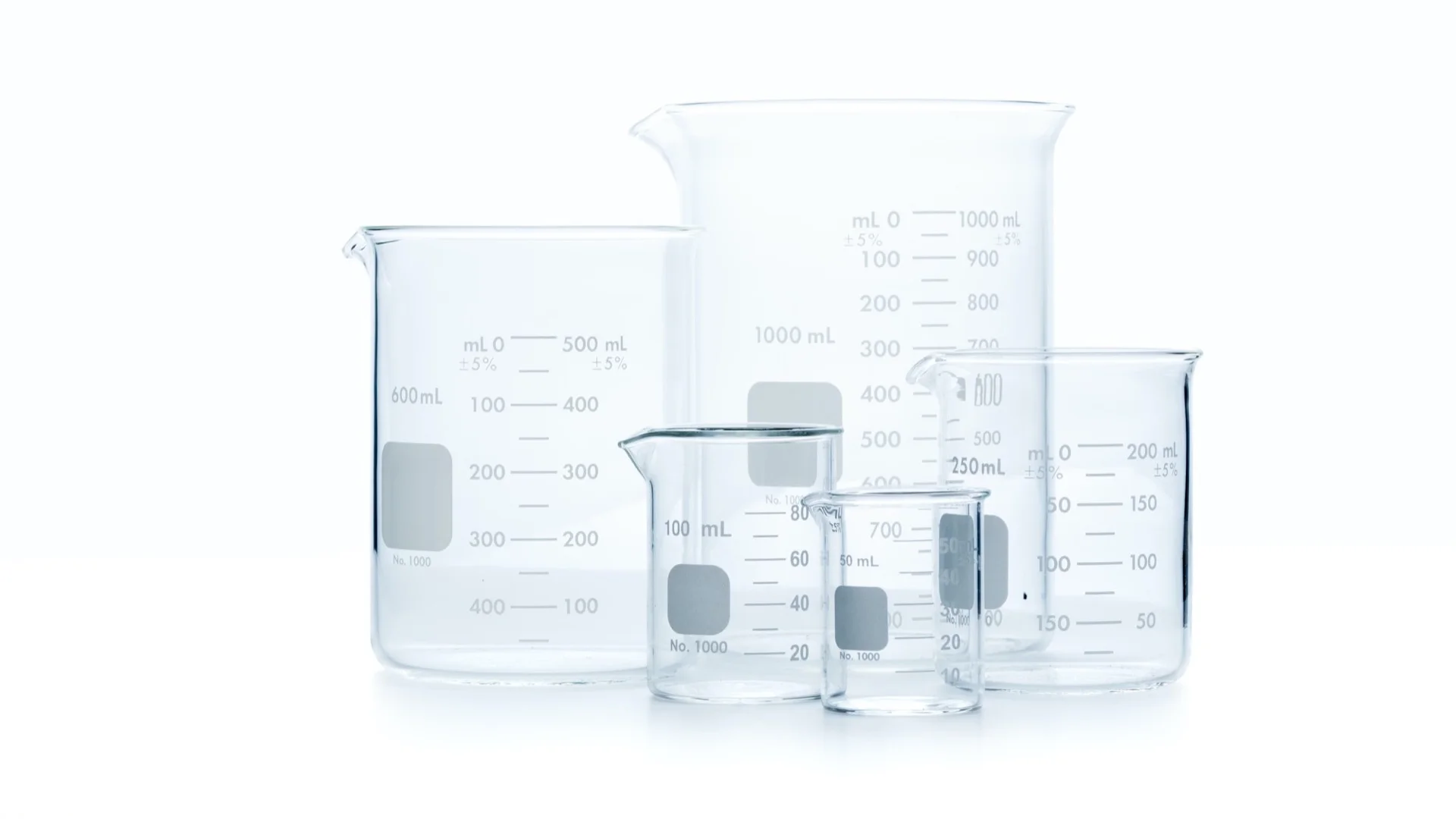
Conversion Tips and Tricks
Remembering to multiply or divide by 1000 can be hard. Here's a trick: if you're converting liters to ml, move the decimal point three places to the right. If you're converting (ml) to liters, move it three places to the left.
Let's practice this with a few examples. To convert 3 liters to ml, we move the decimal point three places to the right: 3,000 becomes 3000. To convert 3000 ml to liters, we move the decimal point three places to the left: 3000 becomes 3.
Here's a table that shows this:
| Liters | Milliliters |
|---|---|
| 1,000 | 1000 |
| 2,000 | 2000 |
| 3,000 | 3000 |
| 4,000 | 4000 |
| 5,000 | 5000 |
These tables show the trick in action. It's a helpful way to remember the process.
In-Depth: Understanding Volume Measurements
It's essential to understand why we measure volume. Let's take a closer look.
Why Volume Measurements Matter
Volume measurements are vital. They are used daily. In cooking, medicine, science, and more, accuracy is important. Being off by even a small amount can cause problems. This is why understanding how to convert is essential.
Differences between Liter and Milliliter Measurements
A liter and a milliliter are part of the metric system. The liter is larger. It is used for bigger amounts. The milliliter is smaller. It is used for smaller amounts. Knowing the difference helps in daily life.

The Impact of Measurement Accuracy
Accuracy in measurement matters. In cooking, a recipe can be ruined by the wrong amounts. In medicine, patient safety can be at risk. So, it's significant to get it right.
Visualization: Conversion Tables for Quick Reference
Seeing conversions can be helpful. Here are some tables for quick reference.
Conversion Table: Liters to Milliliters
| Liters | Milliliters |
|---|---|
| 1 | 1000 |
| 2 | 2000 |
| 3 | 3000 |
| 4 | 4000 |
| 5 | 5000 |
Conversion Table: Milliliters to Liters
| Milliliters | Liters |
|---|---|
| 1000 | 1 |
| 2000 | 2 |
| 3000 | 3 |
| 4000 | 4 |
| 5000 | 5 |
These tables are good for quick reference. They show the conversions clearly.
Frequently Asked Questions (FAQs): Liters and Milliliters
FAQs can offer quick help. Let's answer some common questions.
Are Milliliters and Liters the Same?
How Many (ml) Make a Liter?
How to Convert Liters to Milliliters?
When Should I Use Liters Over Milliliters?
Can I Use Milliliters Instead of Liters?
Why are There Different Units for Volume?
Are All Milliliters the Same Size Worldwide?
Concluding: The Importance of Volume Conversion
Wrapping up, let's revisit why this is important.
Mastering Liter to Milliliter Conversion
Mastering liter to milliliter conversion is useful. It helps in many areas of life. Cooking, science, medicine, and more all require it. Practice makes perfect. The more you do it, the easier it becomes.
Final Thoughts on (ml) in a Liter
Knowing how many ml in a liter is key. It allows for accurate volume measurements. This can make life easier and safer.
Emphasizing the Importance of Accurate Conversions
